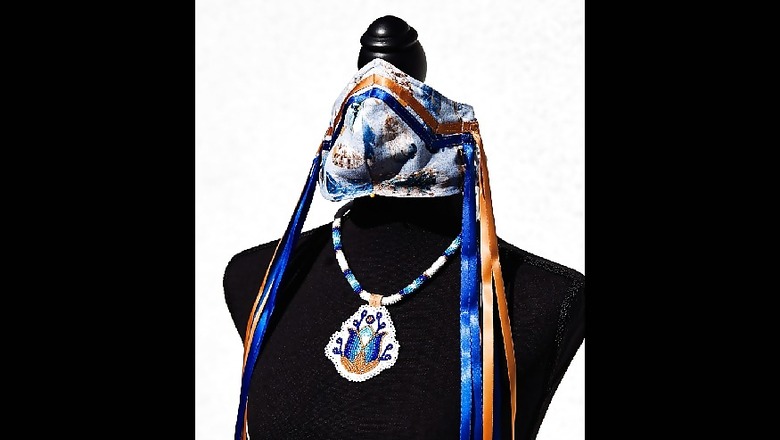
views
Six-year-old Franklin Wong captured the simple frustration of being a student in the Los Angeles Unified School District in mid-March, after his classes were canceled. He wrote in big blocky letters: “I did not go anywhere,” and added an unhappy face in green and red crayon for his remote-learning assignment.
This may be the first time a first grader's homework is headed to a permanent museum collection instead of a parent’s refrigerator door, a novelty that underscores how far into uncharted waters curators are sailing.
The Autry Museum of the American West, which recently acquired Franklin’s diary, is among the growing contingent of museums, academic institutions and historical societies from here to Bozeman, Montana, and Washington, D.C., that have begun recording this moment of collective uncertainty in the country’s war against the coronavirus.
“Museums have a responsibility to meet history head on,” said Tyree Boyd-Pates, 31, associate curator at the Autry, whose goal is collecting moments of shared experience as “a chance to record how the West navigated this epidemic.”
Jake Sheiner, 33, a restaurant server in Glendale, California, who has been out of work since mid-March, has painted 22 quarantine scenes of life inside his apartment, donating his work to the University of Southern California Libraries. In New York, Mitchell Hartman, a retired commercial photographer, has been walking the streets snapping photos of his native Queens, sharing images with the Museum of the City of New York.
Museums are not just seeking artists’ works but everyone’s memories — the more personal, the better — in an effort that recalls the repositories of first-person testimony, along with material evidence and historical records, gathered by cultural institutions after September 11.
But some scholars and historians point to today’s challenges of depicting an event authentically and from many angles when there is still no end in sight to the pandemic. And, they ask, when everything is an artifact, what is truly historically important — and just whose COVID stories are being told in these archives, and whose are not?
The Autry’s project follows in the footsteps of the National Museum of African American History and Culture’s initiative, Collection Stories, and the California Historical Society across town, all of which are asking patrons to document COVID-19 experiences across the Golden State.
The Museum of the City of New York, and the Smithsonian’s National Museum of American History, the Cape Fear Museum and the city of High Point Museum in North Carolina have also begun similar initiatives.
The requests have struck a chord. Bob McGinnis, who at 81 suffers from heart disease, obesity and compromised lungs, said he felt the call to share experiences, “for historical purposes,” after he and his wife, Sandi, came down with COVID-19, along with hundreds of passengers aboard a Carnival Cruise ship in January.
“It brings into sharp focus my mortality,” he said in a three-page essay to his children and grandchildren that he also sent to the COVID collection at the Panhandle-Plains Historical Museum in Canyon, Texas.
The Autry, for its part, is gathering recipes, personal protective equipment, face masks with Native American motifs, and oral histories for its new project, “Collecting Community History: The West During COVID-19.”
Boyd-Pates joined the Autry in January after spearheading a revival at the California African American Museum, where his tenure as curator included organizing a 25th anniversary retrospective of the Los Angeles confrontations in 1992. He says COVID-related items of “historical and cultural significance” are being digitally submitted and shared online.
Among the roughly 160 items gathered since April are an illustrated journal from Tanya Gibb, a resident of Gardena, California, who was taken to an emergency room three times this spring before being hospitalized for a high fever days before her 37th birthday.
Gibbs was suspected of having the virus but never tested during two earlier visits because she had not traveled abroad or been directly exposed. This disruption and confusion in her life — after two months she is finally getting back her sense of taste and smell, she said — mirrors a common frustration for many Americans, Boyd-Pates said.
“It’s about clarifying this moment in history that is so bewildering and confusing and doing that by sourcing face masks, journal entries and home recipes from our communities,” he added.
One of those hardest hit is the Navajo Nation. The country’s largest reservation has a higher per capita death rate than any state and spotty health care and infrastructure.
The museum is collecting native-themed masks made by Brighid Pulskamp, 48, a Navajo member from La Habra, California. She has family members throughout the reservation who have been hospitalized, and sent 200 of her creations to the Nation.
“The masks may not be going to my relatives directly, but they’re all my relatives out there,” Pulskamp said. “You have to help.”
The curator pointed out that “capturing her voice as well as the materials” in his museum’s collection, demonstrates “how relationships exist within a pandemic.”
Pulskamp, who read about the Autry project on Facebook, teaches native workshops across the state. She’s lost work, but she hasn’t quit working. Yards of fabric and pounds of beads in her home are the weapons in this Rosie the Riveter war machine.
Now one of her beribboned powwow masks, a dress and a necklace will be auctioned for the University of California, Los Angeles American Indian Alumni Association’s scholarship fund. There’s the strange contradiction in finding pain repurposed into joy, she says.
Organizers had a decade after the Sept. 11, 2001, attacks to assemble multiple views of history that would be examined in repositories culminating in the National September 11 Memorial Museum at ground zero — and even longer to put together the many Holocaust Museums scattered across the globe.
David Kennedy, a historian at Stanford University and author of the Pulitzer Prize-winning “Freedom From Fear: The American People in Depression and War, 1929-1945,” says COVID-themed museums and collections are a good idea. But he adds, “it depends on how it’s done.”
“A successful museum of this kind should provide context and enable future visitors to understand the tenor and temper of the times, including inequities, racial and otherwise,” Kennedy said.
In the cases of Holocaust and Sept. 11 museums, personal items represented the memories and traumas of everyday people. As institutions rush to bear witness to the pandemic, some historians ask, will they serve us all and account for the deep divides this virus has tapped?
“Museums are places where we convene to make sense of our shared human experience,” said Martha S. Jones, a history professor at Johns Hopkins University. “Still, the burden, pain and grief of this pandemic are not being experienced in the same way across the nation’s many communities.”
COVID-19 has exposed a vein of bigotry toward Asian Americans. It has been particularly virulent toward African Americans and Latinos. Jones suggests that localized museums, like the Charles H. Wright Museum of African American History in Detroit or the Baltimore Museum of Art, could better speak to some of these issues and perhaps create new narratives rather than echo a singular one. She points to the cellphone videos of what she called “the overpolicing” of people wearing face masks incorrectly, or not wearing them at all, as evidence that should also be collected for museumgoers of the future.
Brenda Stevenson, a professor of African American studies at UCLA, suggests that museums also display “oral accounts, TikTok shorts, newspaper accounts, hospital and emergency medical workers’ testimony, and data from Johns Hopkins and the CDC.”
Collections should include hospital beds, and even unemployment records and conspiracy theories, she added, which all help “better understand this event and explain it to future audiences.”
In New York, over 4,000 photos of daily life have been shared by citizens with the Museum of the City of New York’s #CovidStoriesNYC, a social media platform organized by Sean Corcoran, the curator of prints and photography.
Corcoran said that as the crisis continues “we’re debating what types of materials we’ll bring into our collection.”
He noted that when the Kings County Distillery in Brooklyn switched to making a hand sanitizer, he kept a bottle as an artifact of “how local businesses are changing to deal with the crisis.”
But Kennedy warns that curators sifting the tea leaves could invite nostalgia and exploitation; the goal is “engaging the public but informing them — and not just tickling their fancy.” The New-York Historical Society, he noted, “has taken on subjects like Japanese internment in really exploratory ways, not just memorializing victimization.”
He wishes there had been cultural institutions focused on studying the 1918 Spanish flu or the bubonic plague of the 14th century, leaving historians and scientists to “scratch our heads and ask why we didn’t know more,” he said.
“Any serious studying of the past has to be aware of not waiting too long,” he added. “You want to figure out what happened and why.”
Benjamin Filene, the associate director of curatorial affairs at the Smithsonian’s National Museum of American History, is taking a broader view as his team of 45 curators try to separate significance from sentimentality.
“We’re careful not to take things people still need,” Filene said, “but eventually we’re going to want medical tools and PPEs that have become symbols of class and racial inequities. The testing kit is a medical tool, but it’s become a political flashpoint and economic need, so that’s something we’ll want.”
While the Smithsonian hasn’t collected anything yet, its curators are contacting protesters, Walmart employees and food processing workers, Filene said, for different points of view. There’s also a plan for all 12 Smithsonian museums to gather digital submissions.
“We’re taking the long view,” Filene said. “We realize more than ever even when we open the building, this crisis is not going to be over. It’s obvious we’re living through a historic moment.”
Adam Popescu c.2020 The New York Times Company














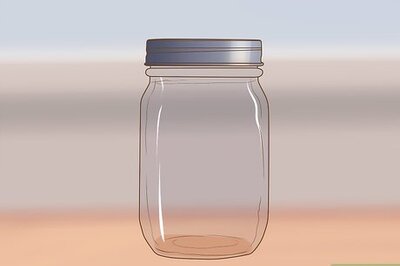
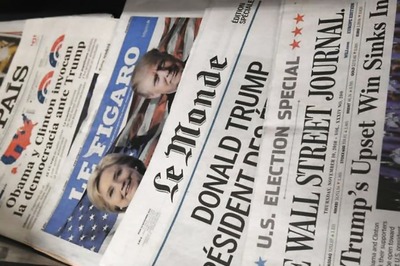
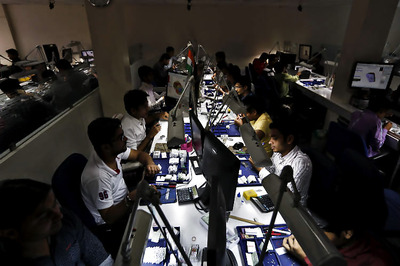
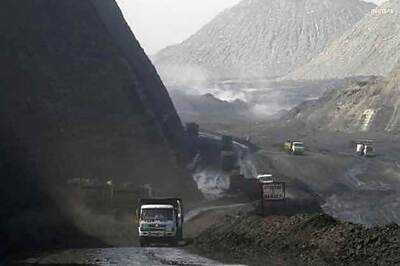
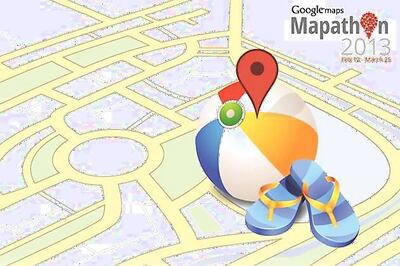
Comments
0 comment